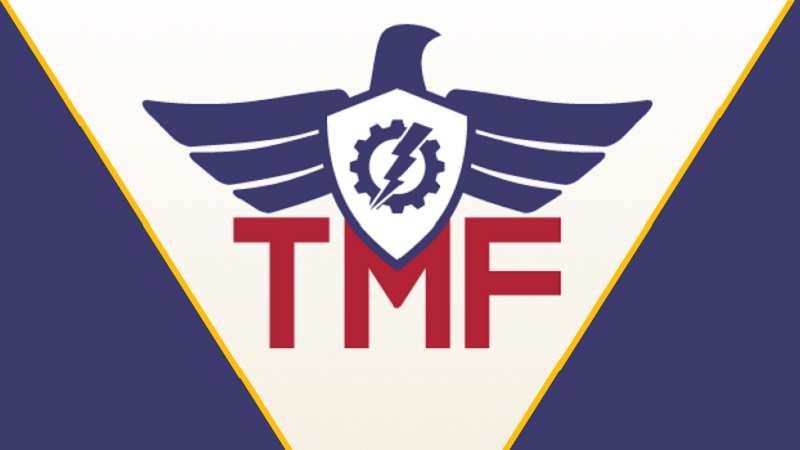
The Technology Modernization Fund (TMF) has “evolved considerably” over the past year, and as a result the team that supports the TMF Board will continue to scale up to better support modernization investments, said Raylene Yung, executive director of the TMF at the General Services Administration (GSA).
During MeriTalk’s TMF Forward event on Dec. 16, Yung shared what’s next for TMF following this year’s award of $1 billion of new funding under the American Rescue Plan Act and a sharply higher volume of awards to Federal agencies for IT modernization projects.
Before this year’s funding infusion, the TMF Board had only invested in 11 projects totaling over $80 million over three years. However, in the last five months alone, the board has reviewed dozens of proposals and announced seven new investments totaling over $300 million.
“This represents a significant increase in scale, which has led us to focus on improving every aspect of TMF operations. As of now, the demand for funding across the proposals in our existing pipeline far exceeds what we’re able to invest in,” Yung said. “This shows how critical the need for the TMF is.”
Specifically, the $1 billion infusion of new funding does not come close to meeting the demand of TMF proposals. Earlier this year, Federal CIO Clare Martorana revealed the TMF Board received 108 proposals from Federal agencies totaling $2.1 billion of IT modernization projects competing for some of that $1 billion.
“Over the coming months, we’ll be focused on setting up all of our new investments for success and working closely with agency teams to do so,” Yung said. “We’re also continuously looking for ways to improve our process and identify the highest impact, most strategically aligned opportunities for new investment. And of course, we’ll be actively collaborating with the broader Federal technology and CIO community all along the way.”
“We’ll also be scaling up the TMF team, building more technical capacity to support investments throughout their full lifecycle, from proposal analysis and development all the way through execution and realizing the eventual impact,” Yung added.
Yung also noted that the TMF team is “excited to see” the continued support from both congressional and Federal technology leadership.
“The TMF is only a few years old, but it represents a long-term investment in government’s ability to develop technology that centers on user needs and works at the speed of need,” she said. “It’s more than just a source of funding. We believe it can be a catalyst for impact and set a new standard for what successful technology modernization at scale can really look like.”
